









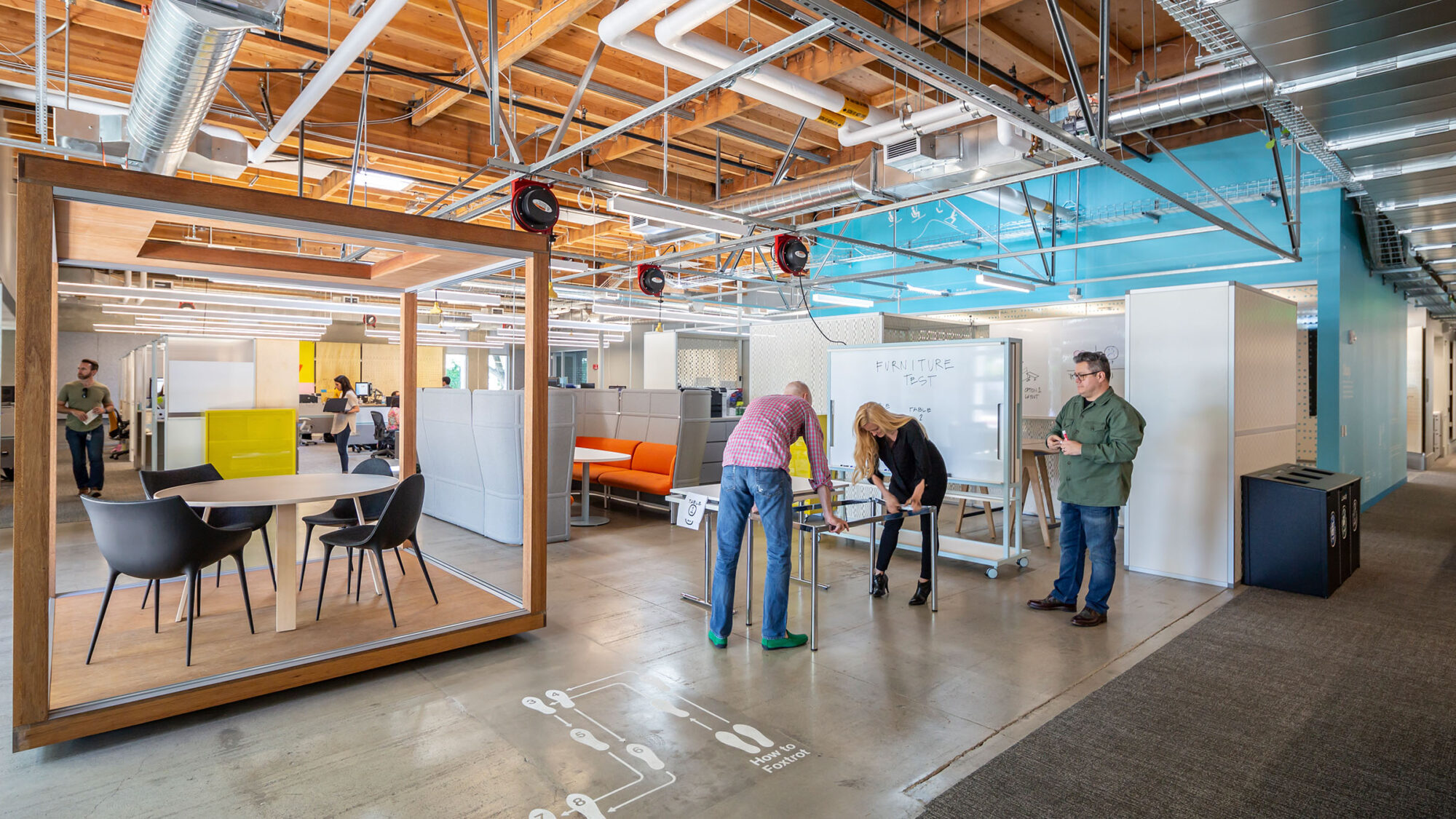
As we enter the 2020s, it’s time to reject our ideas of perfection. Let’s make adaptability a requirement. Workplace Strategist, Frances Gain shares why flexible office design is gaining ground.
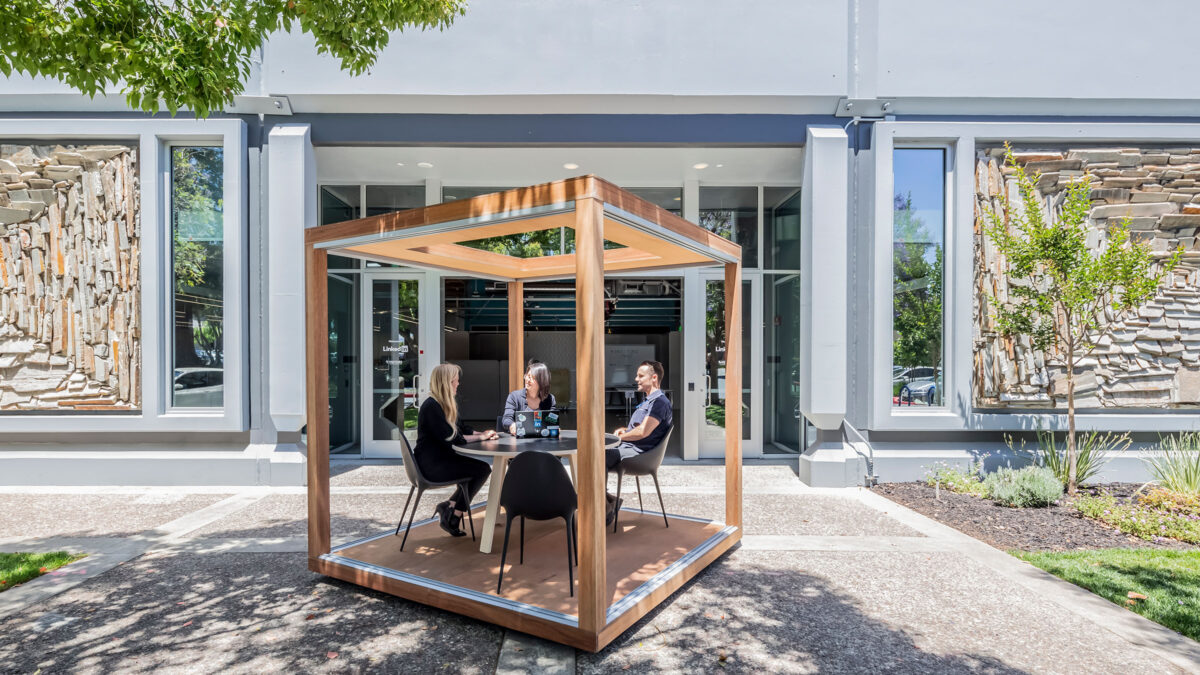
I downloaded my new bank. It doesn’t have a branch, only an app and instant messenger – and hopefully, heavily encrypted security. Now… where do I deposit my cash?
The banking world changed forever in a few short years.
The reality of our world means disruption is constant. Progress outpaces the systems we once thought enduring. While it sounds intimidating, volatility brings opportunity. New ideas emerge and well-established ones transform into the next big innovation.
As global leaders in workplace design, clients often ask our workplace strategy team how to deal with change. Businesses need their real-estate to respond to the new demands being placed on their spaces. Planning horizons are long and building is slow, so leaders often need to see the change coming years in advance.
The change might be a series of mergers, new generations entering the workforce, or bankers trying to hire coders whose needs they don’t yet fully understand. Either way, workplace flexibility is key.
As we plunge into the 2020s, it’s time to reject our ideas of perfection. We must challenge the idea that workplaces are ever truly “complete” and that handing over a beautifully packaged product is always the right approach.
Take traditional legal workplaces as an example. Cellular offices and cubicles ready for 5-15 years of service. The lawyers come and go, but the practice of law stays the same. As a result, demands on these spaces have barely changed over the past 50 years. Instead, businesses ask employees to adapt to their environment.
Today we are developing more sustainable solutions that support higher levels of uncertainty. You can’t always define future needs – but you can anticipate change. We can solve for this by responding proactively and making adaptability a requirement of office design.
The truth is that real-estate isn’t static. Your workplace doesn’t have to be locked down if your design responds to what people need each day. We call our approach “permanent-beta”.
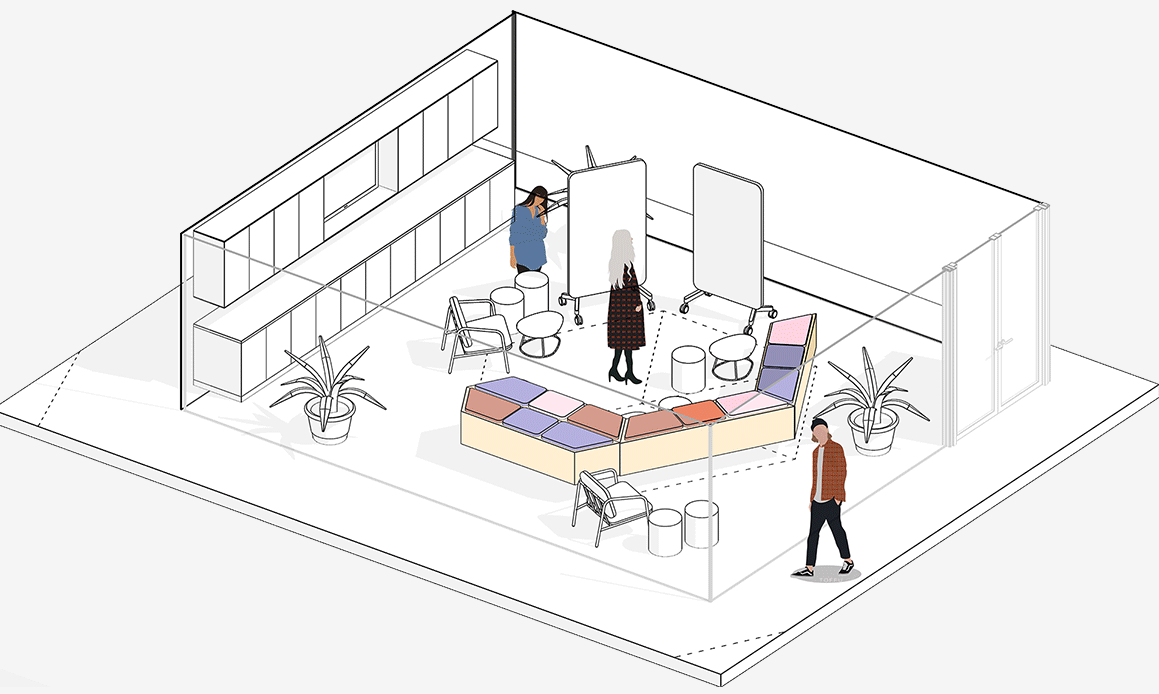
We see the “permanent-beta” as a human-centric design approach. It’s scalable to your business. The space could be a service building, workplace, or even a dedicated area within the office that encourages user customisation. This should support a range of functions, instant adaptation and easy maintenance. When that’s achieved, you create a place for individuals and teams to hack their office environment as requirements fluctuate. The result is both fixed and flexible.
People need different workspaces and tools for optimal results. It changes across industries, generations, teams and individuals. Roles are also becoming more specialised. As a result, the pool of workstyles a business requires expands. So handing over more control is an effective workplace strategy.
The benefits are significant. Lower risk of the unknown, improved resiliency to expansion and reduced the cost of change. It also reinforces collaborative behaviours and supports user-driven workstyles, which can help people be more effective.
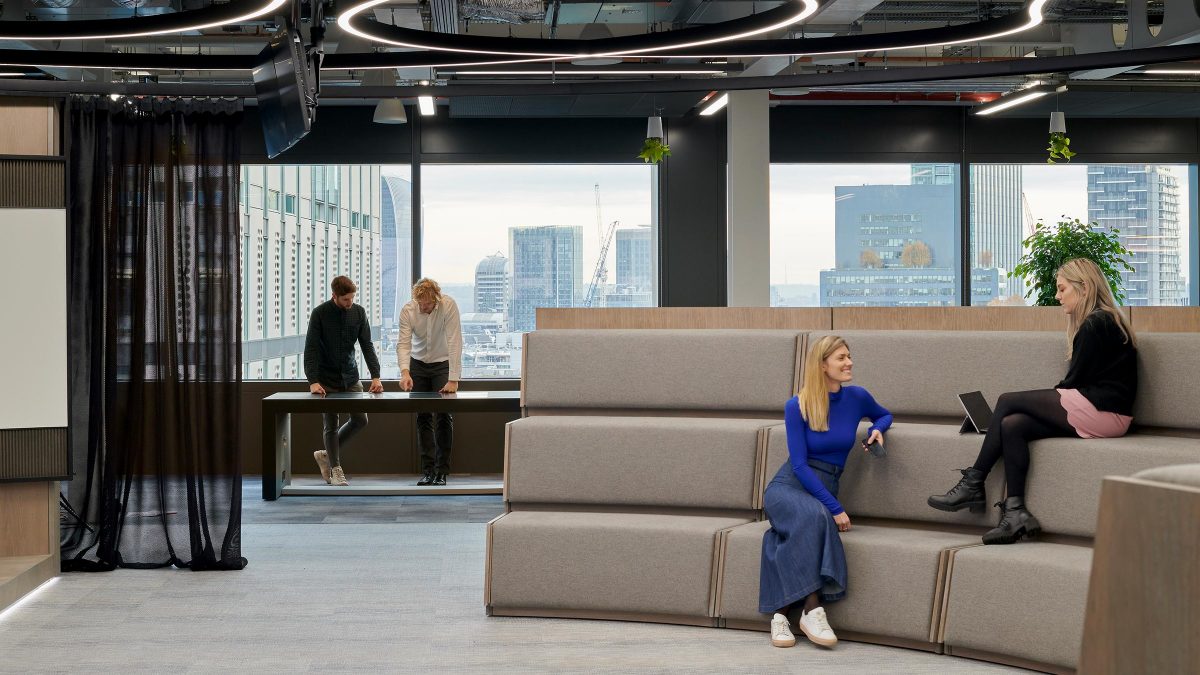
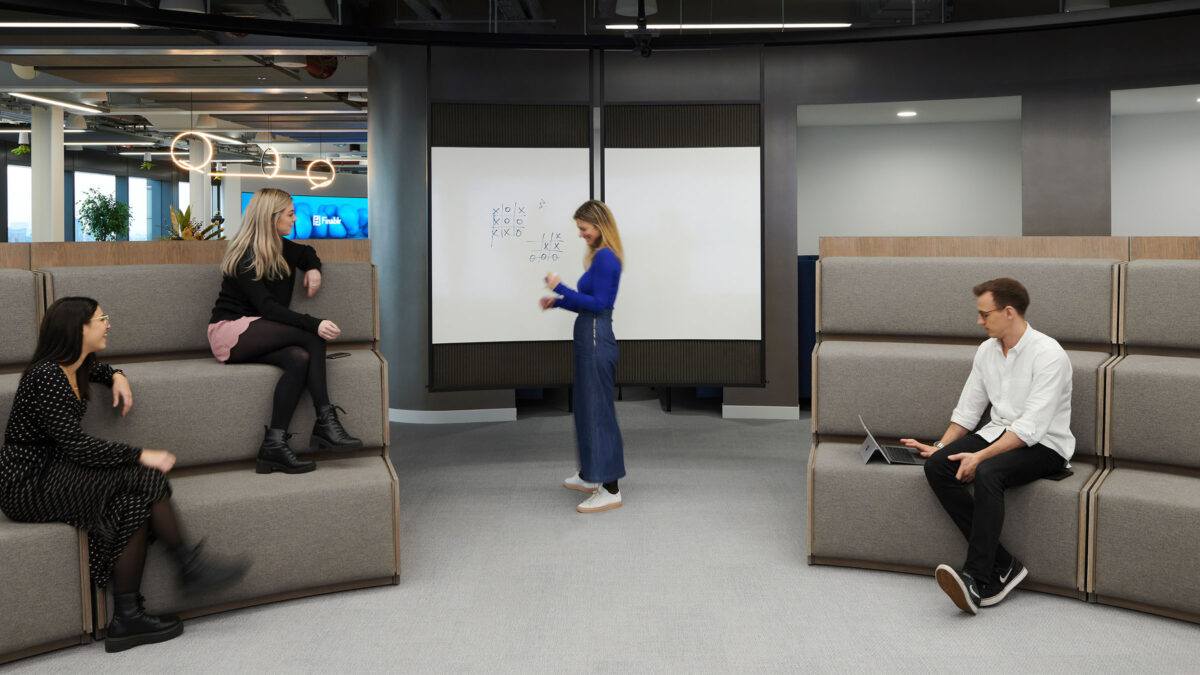
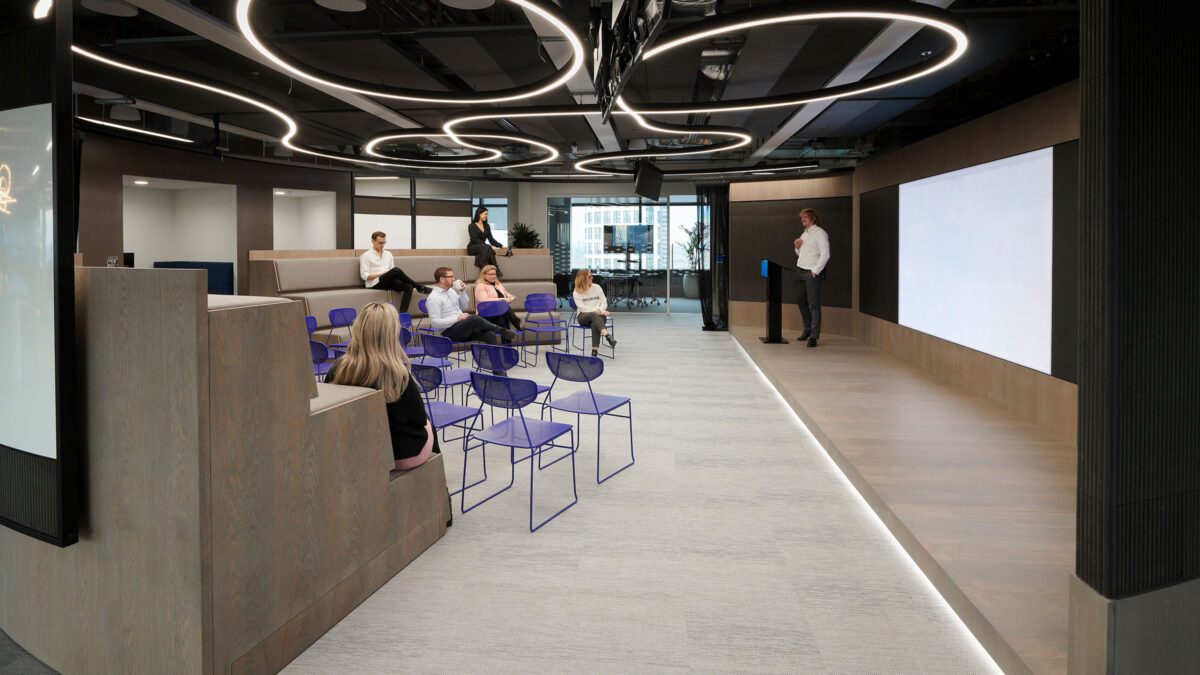
It’s about people and function. A community spirit and strong collaborative culture will help to unlock potential. Employees must feel safe to adapt their space as they see fit. That’s where workplace strategy adds value.
For a “permanent-beta” to succeed, leaders can cater to three essential components of the workplace: physical space, company culture and digital technologies.
Providing manageable levels of flexibility within the office design is an important consideration. A functional office interior with lightweight infrastructure provides a flexible framework. The design should also consider how modularity, operable partitions, moveable furniture and efficient storage contribute.
We find that smaller test spaces work best when coupled with stripped-back design. Using resilient, raw materials that express their ever-changing nature and survive frequent reconfiguration can be particularly effective.
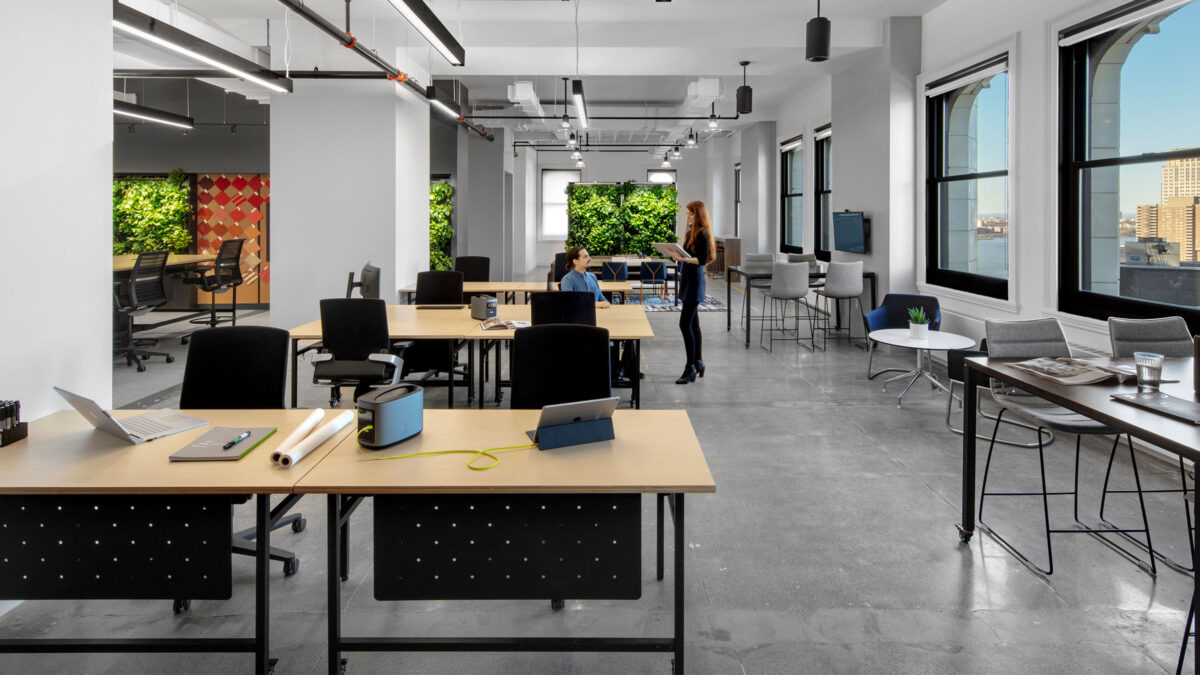
Fixed infrastructure doesn’t work well with flexible space. A largely wireless and ample access to power is required. This may also include mobile battery packs, like those used by our colleagues in New York. Employees will require mobile equipment, switching desk phones for mobile devices and swapping desktop computers for laptops. You may want to consider how technology can improve the experience. For example, community apps, interactive screens and online booking systems will all make the space easier to use.
Use sensors to track office usage and occupancy, gathering quantitative and qualitative data to validate changes to the design in future.
The entrepreneurial energy found in start-up culture is a desirable goal for larger businesses. They know they have the talent and expertise, but struggle to mobilise it with the same agility. The freedom to follow new ideas and innovate is unlocked when you take away the limiting structures and focus on the tools required to experiment.
We’ve developed workplace design solutions across all scales for clients using this approach. From large innovation centres, to small spaces and hackable meeting pods. Most businesses don’t require a fully flexible office design to achieve their goals. Just a designated area and adaptable attitude. Whatever the size, the fixed space is permanently set in testing mode.
At smaller scales, leaders can create spaces that encourage collaboration and lead to more joined-up innovations. A more expansive “permanent-beta” solution will accommodate broad organisational changes like fluctuating headcount and shifting departmental needs brought by new specialisations or demographics.
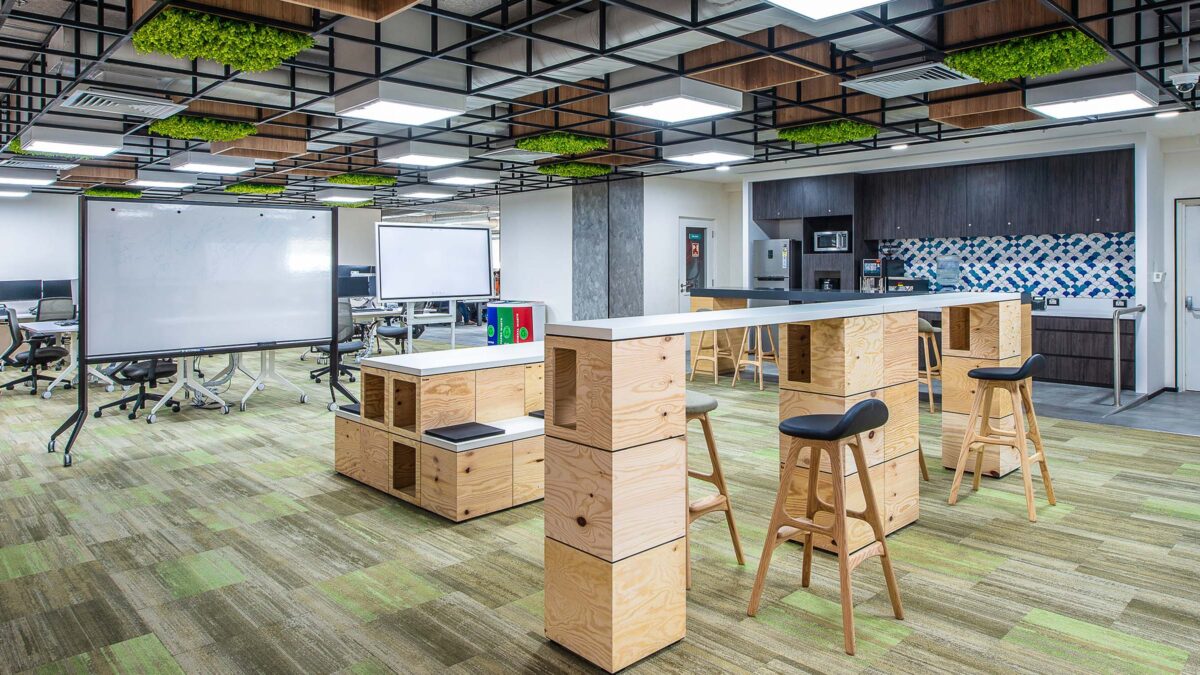
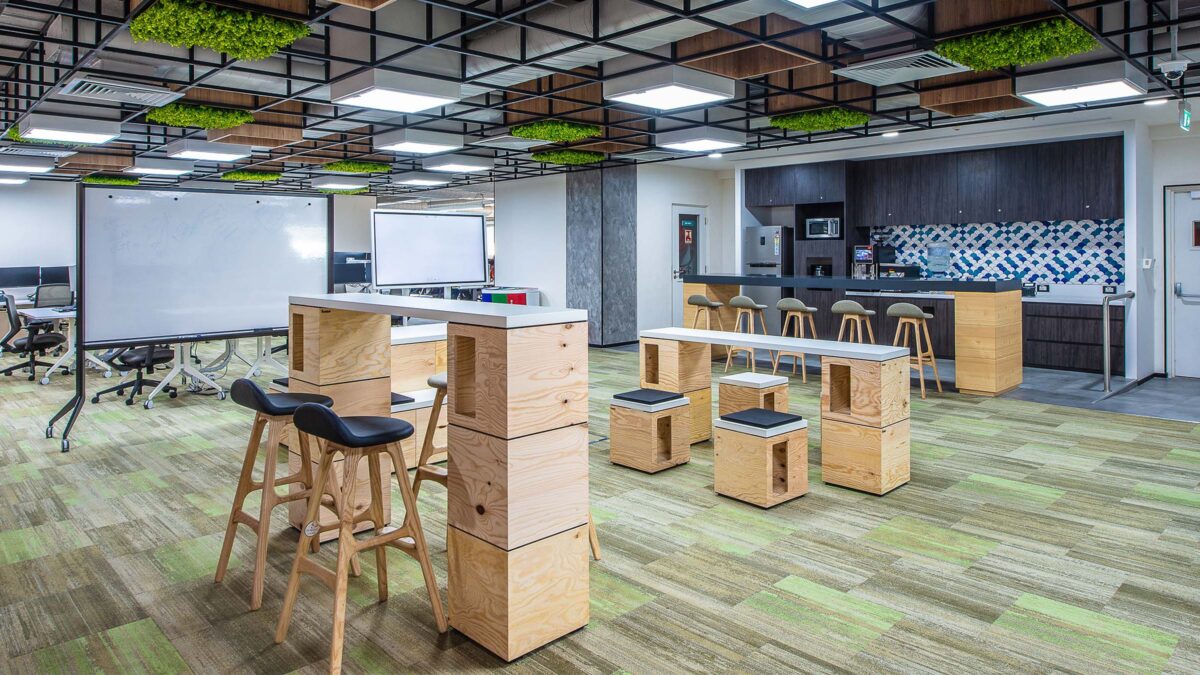
Imagine using a beta-version of a new iPhone app; the product (your workplace) is ready for use. The developers want to know how you’re using it, and how it can be better tomorrow. Users can choose, test, adjust and enhance their workplace as needed. The change is staggered and the business can avoid dramatic or expensive adjustment. The organisation’s transformation is better, faster and cheaper.
In the future, workplaces will need to change more frequently. If we over-think, over-design, and create a static solution, we’ll end up watching that usefulness decline. To prevent tackling the same challenges in another expensive renovation, or disruptive relocation, we must use flexible office design to support frequent change.
Associate Director, Workplace Strategy and Transformation